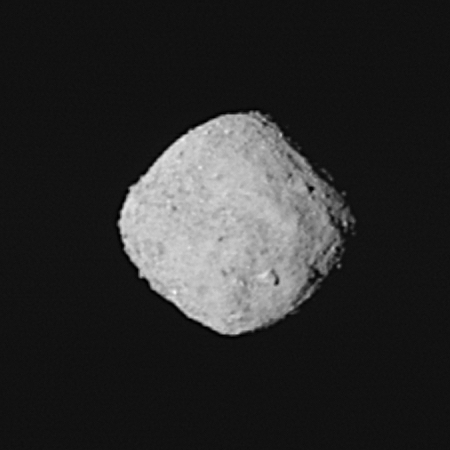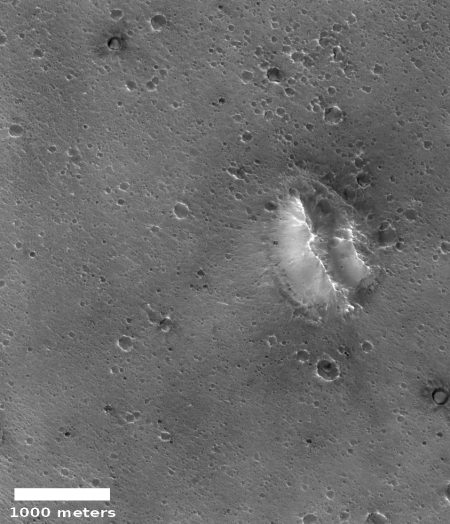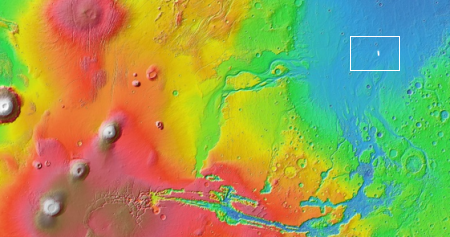Russians say Soyuz sensor was damaged in manufacture
The Russians yesterday revealed that the sensor they have identified as the cause of the October 11 Soyuz launch failure was damaged during manufacture.
Their response:
Skorobogatov said officials are now taking steps, including putting all assembly staff through competence tests and additional training, to make sure such malfunctions don’t happen again.
The rocket producer will also take apart two other rockets that have been recently assembled and are due to launch in the coming weeks and then re-assemble them, Skorobogatov said.
They do not say how the damage occurred. It also appears that, like all government run operations, no one will be fired. (The Russians only fire people when they are going to criminally indict them.)
The Russians yesterday revealed that the sensor they have identified as the cause of the October 11 Soyuz launch failure was damaged during manufacture.
Their response:
Skorobogatov said officials are now taking steps, including putting all assembly staff through competence tests and additional training, to make sure such malfunctions don’t happen again.
The rocket producer will also take apart two other rockets that have been recently assembled and are due to launch in the coming weeks and then re-assemble them, Skorobogatov said.
They do not say how the damage occurred. It also appears that, like all government run operations, no one will be fired. (The Russians only fire people when they are going to criminally indict them.)









